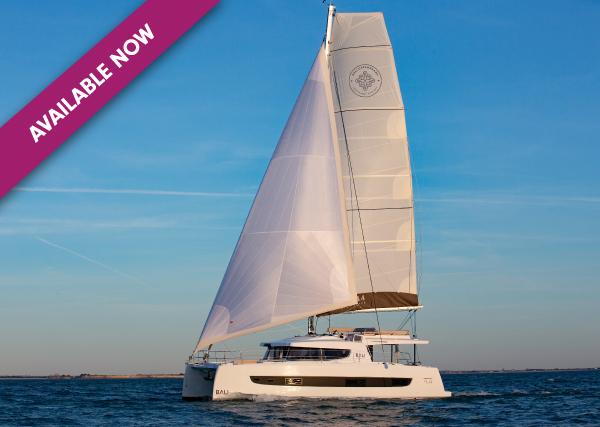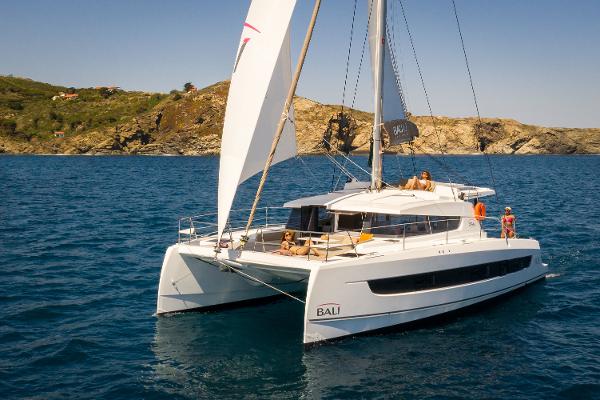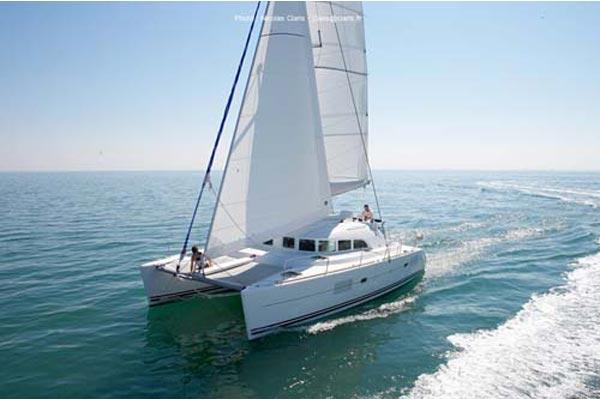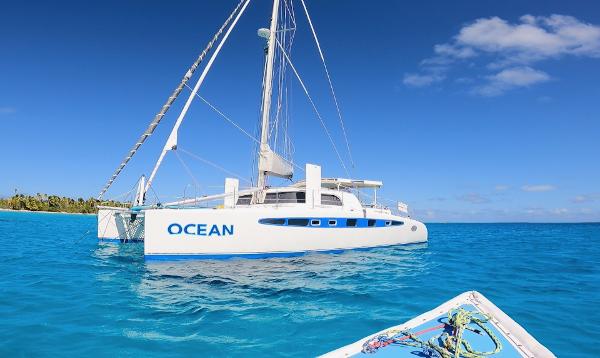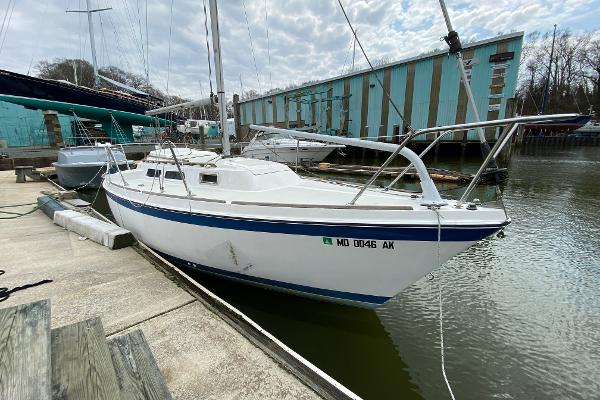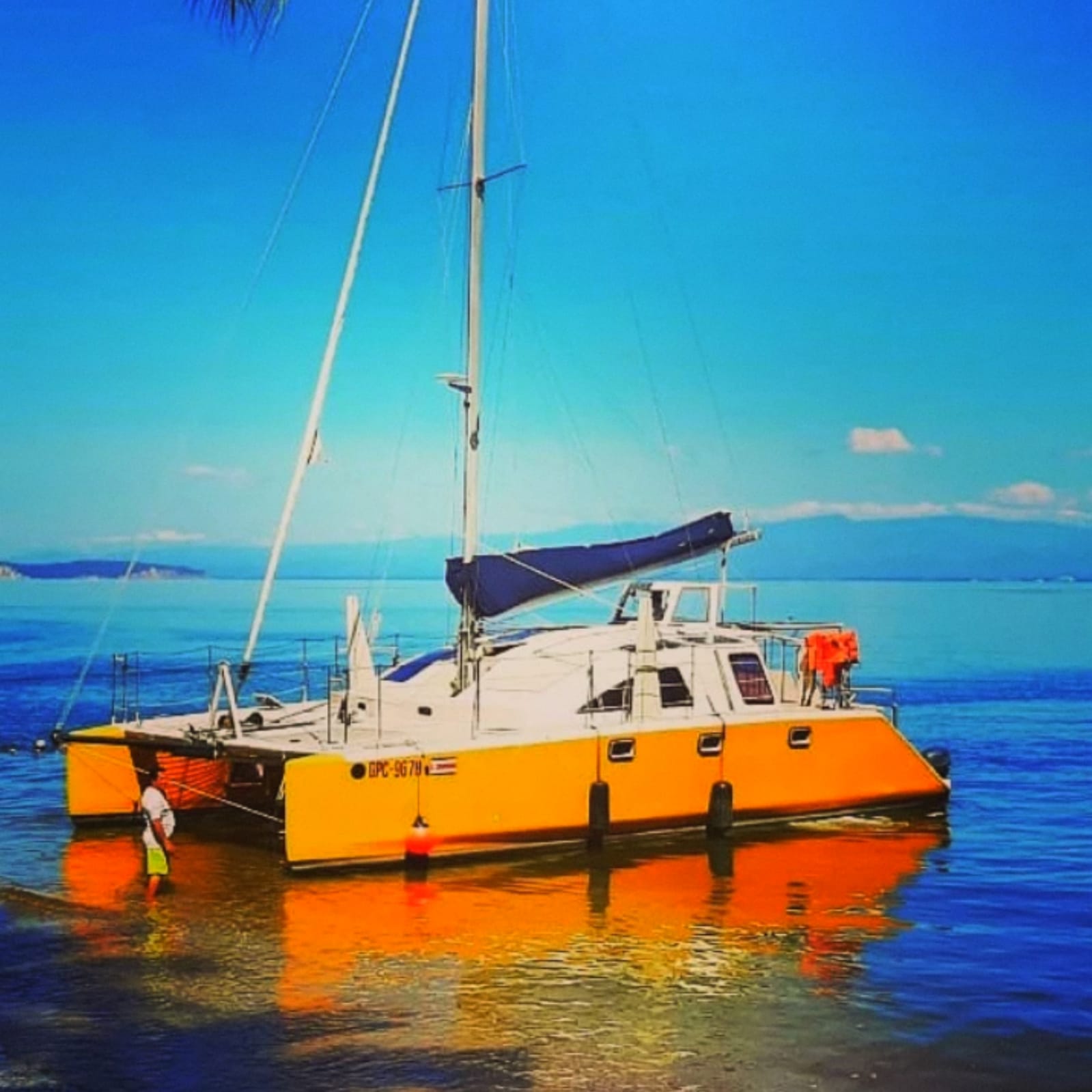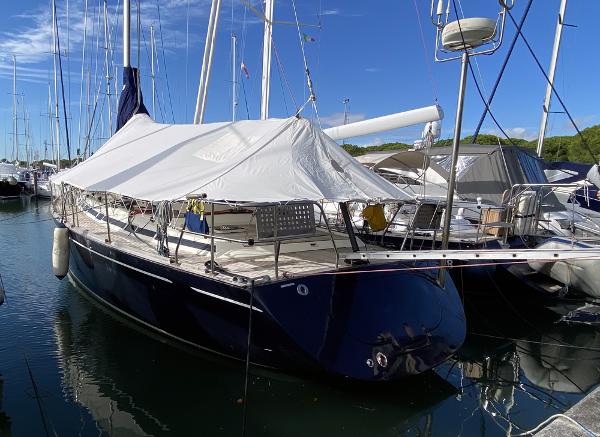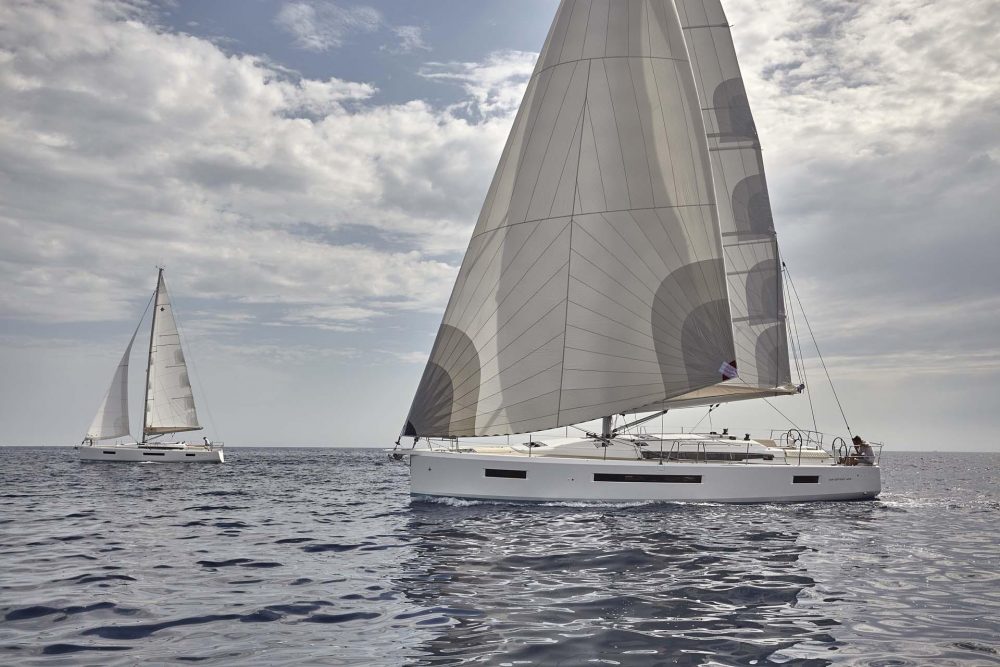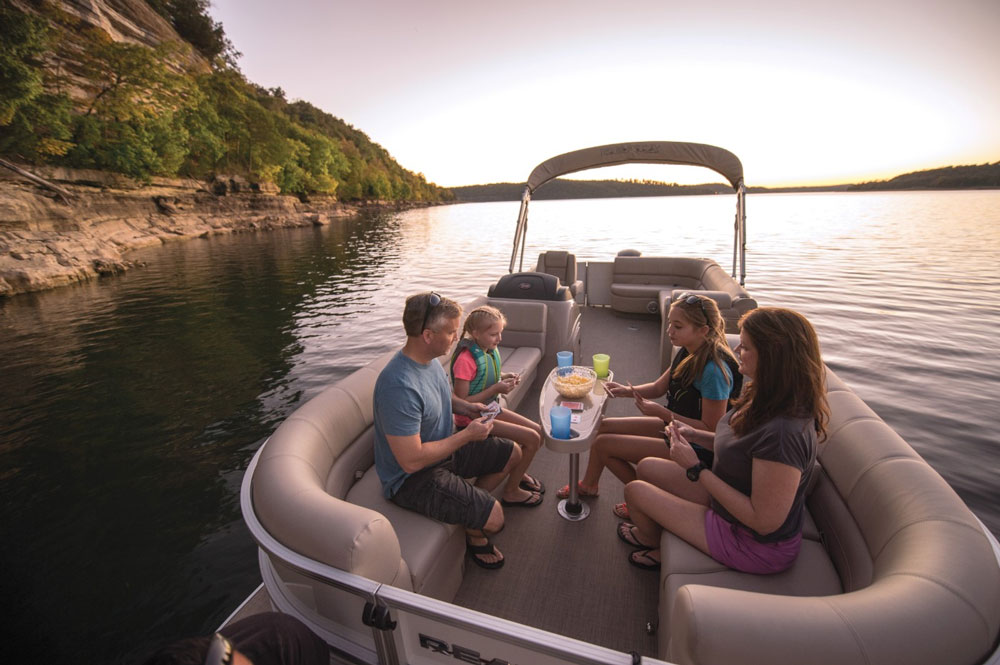Beach catamaran boats for sale
-
Advertisement
-
Advertisement
-
Advertisement
-
Contact Seller
X- 1
Beach Catamaran
Ideal for day sailing and watersports these Beach Catamaran boats vary in length from 19ft to 50ft and can carry 5 to 5 passengers. There are a wide range of Beach Catamaran boats for sale from popular brands like Nacra, O'Day and Bali with 2 new and 7 used and an average price of $230,033 with boats ranging from as little as $4,000 and $824,924.
Beach Catamarans
Beach catamarans, commonly called “beachcats,” trace their origins all the way back to Polynesian double-canoe sailboats which were simply shoved up onto the beach when not in use, and pushed back into the ocean when it was time to hit the water again. Their defining factor is just that—they can be beached on the sand, and re-launched through the surf.
Beach cats have a number of common characteristics. For starters, naturally, they’re twin-hulled catamarans as opposed to having a single hull, like a monohull. They’re relatively light for their size, to make launching easier. Often this is accomplished by designing the boat without a solid deck to speak of, and instead of a rigid material a fabric called the “trampoline” bridges the open areas between the two hulls and their supports. They also have rudders which can be flipped up and removed from the water moments before the boat is beached, so they don’t get caught in the sand and break off. For the same reason they don’t have keels protruding beneath the hulls but may instead be rigged with “daggerboards,” which are essentially removable keels that slide down through the hulls. Most beach cats also have sailing rigs that can be disassembled quickly, for easy transportation.
Modern beach catamarans are known for their fast speeds—some can break 20 knots—and athletic sailing abilities. They can be sailed with one hull out of the water as the boat heels, and it’s not uncommon for both sailors and their boats to be pushed to the limits. Getting wet, sometimes very wet, is all part of the game, when sailing a beachcat. While there are a number of beach catamarans on the water, the Hobie Cat unquestionably has had the most success making this class of boat popular and is a rather iconic brand among beachcat fans.
